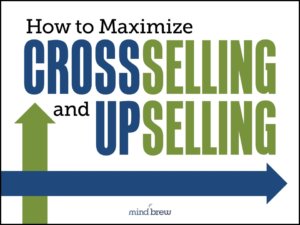We’ve fielded countless subscriber questions about generating more credible and defensible findings from sales analysis. Specifically, many of the questions are talking about what we commonly refer to as “false signals.”
Here’s an example…
As part of their effort to optimize their sales pipeline, one Sales Ops team analyzed close-rates by sales rep. By comparing the closing ratios of individual salespeople and digging into the top performers, they were hoping to discover some more effective approaches that could be propagated across the rest of the sales team.
So far, so good. Better than good, in fact…this is great! This is exactly the type of diagnostic approach we advocate for figuring out what’s really working and doing more of it.
But here’s the rub…
When the team took their findings to management, they got shot down. Sales management was quick to dismiss the close-rate performance differences as being “mix related.” In other words, management claimed that the mix of opportunities that each sales rep was dealing with was so varied that radically different close-rates were to be expected.
And in this case, sales management was absolutely correct. The analysts had generated a false signal because they had neglected to properly segment the opportunities in their analysis. In effect, they were comparing apples to oranges. And as a result, their findings were easily discredited and dismissed.
As effective sales analysis is largely a comparative process, proper segmentation is crucial to ensure that you’re always comparing apples to apples and oranges to oranges.
When making these types of comparisons, you always need to be asking, “Can we reasonably expect performance to be similar under these circumstances?” If the answer is no, then you need to apply additional segmentation attributes or data-filters to get to an apples-to-apples comparative basis.
Of course, you’ll still need to defend your findings at the end of the day. That dynamic won’t change. But with proper segmentation underlying your analysis, your findings will be much more accurate, far more credible, and a lot more difficult to dismiss.












